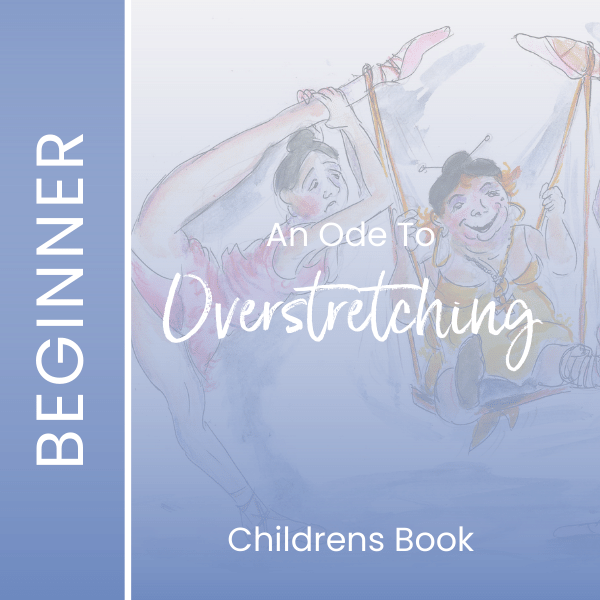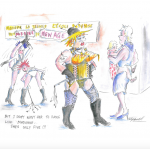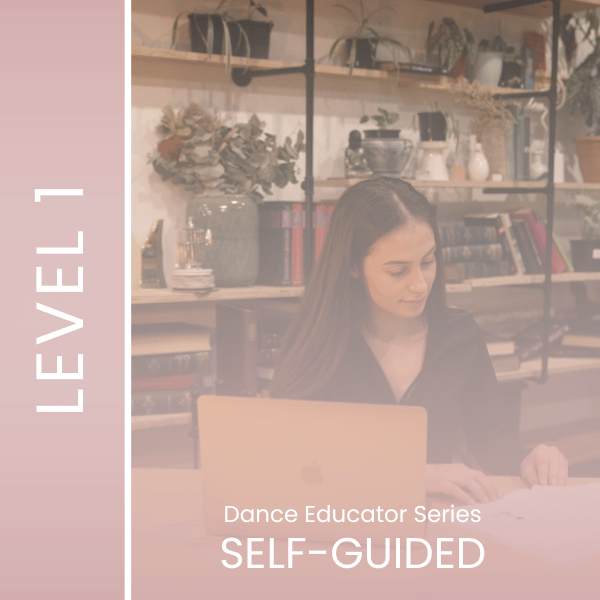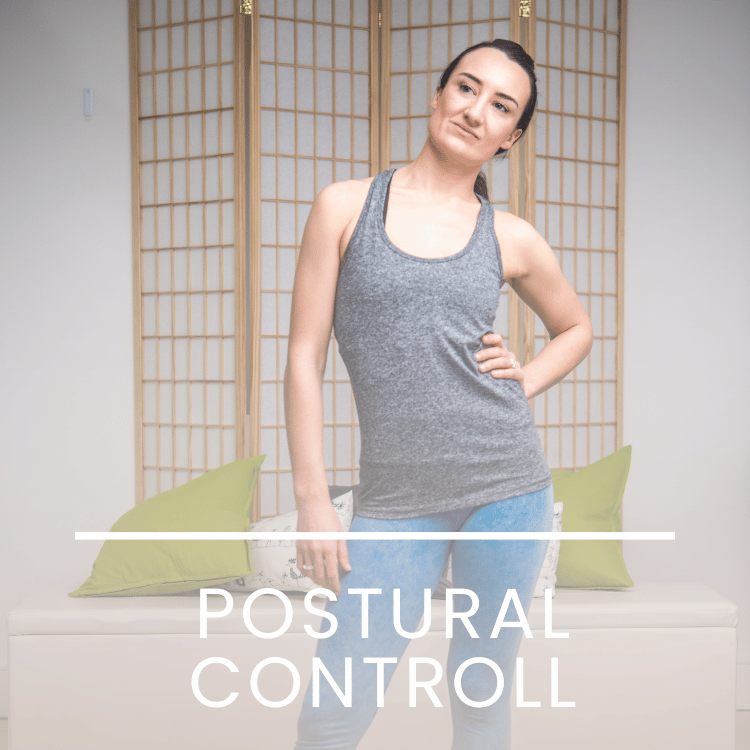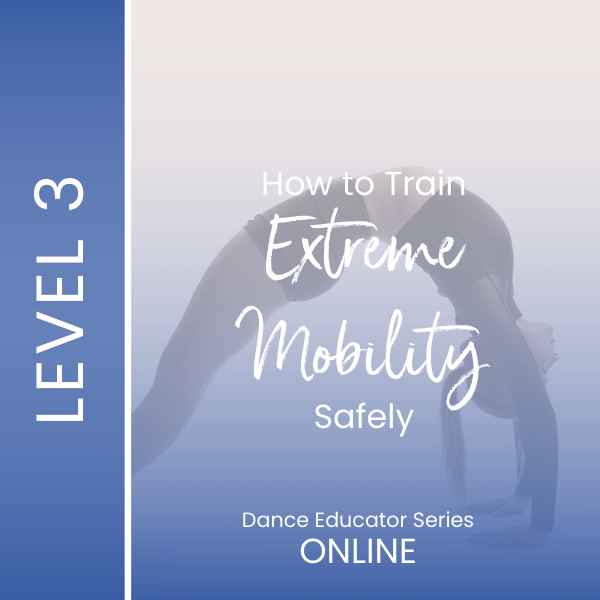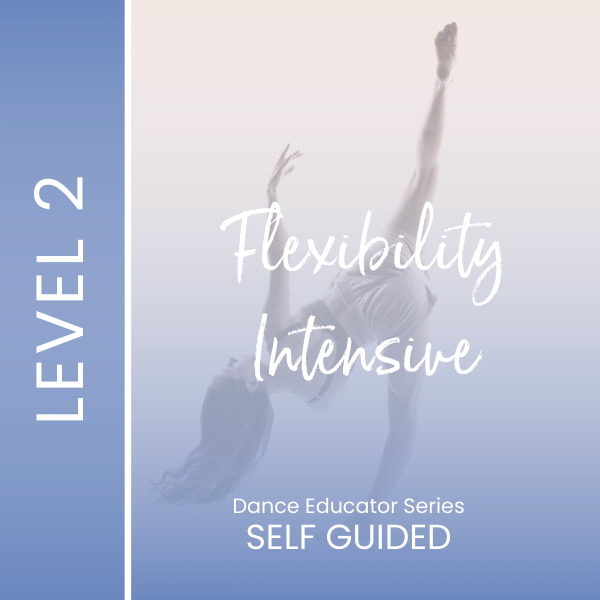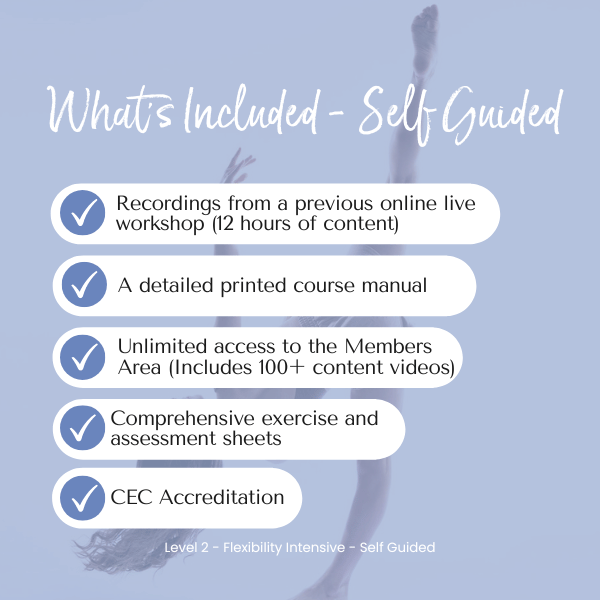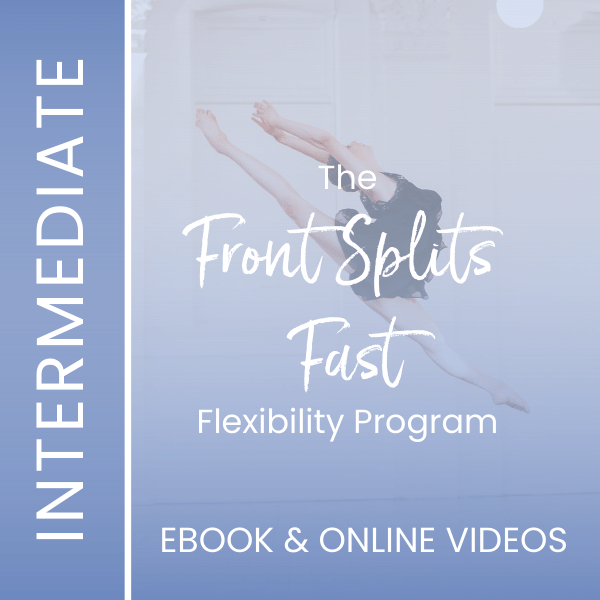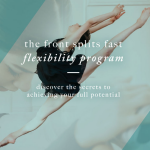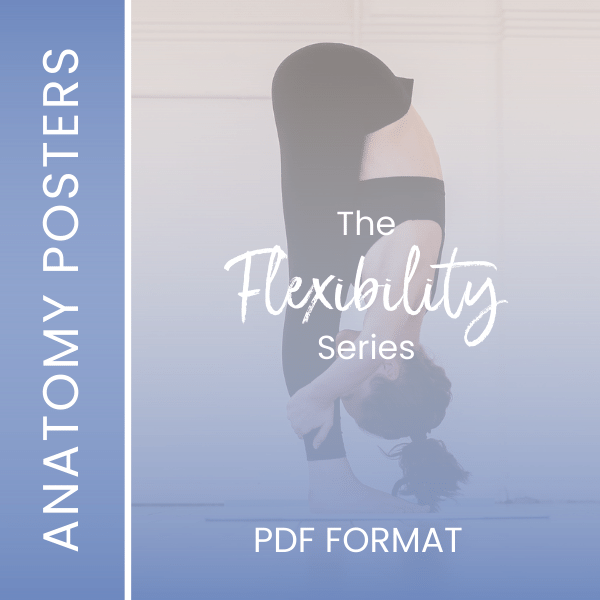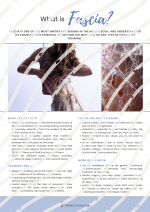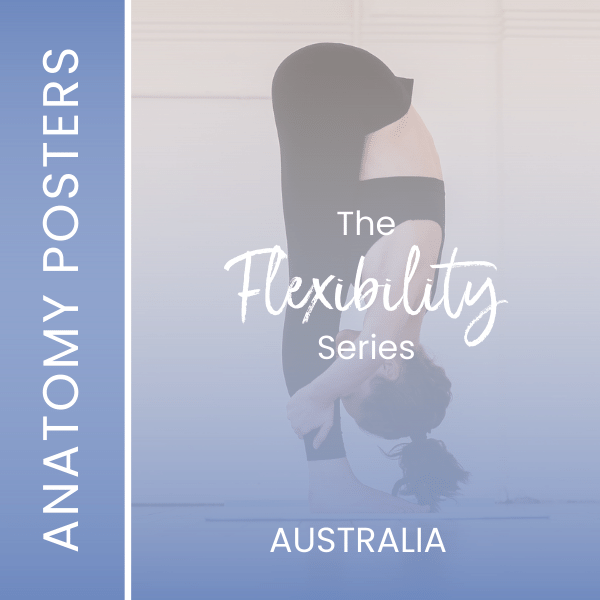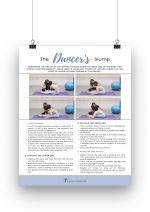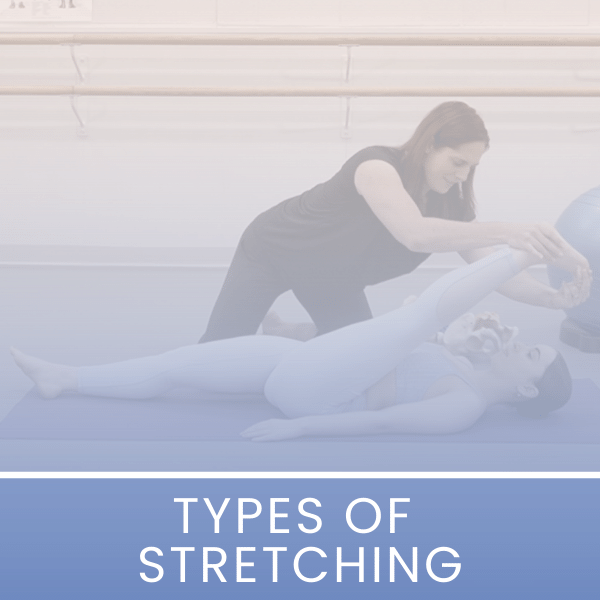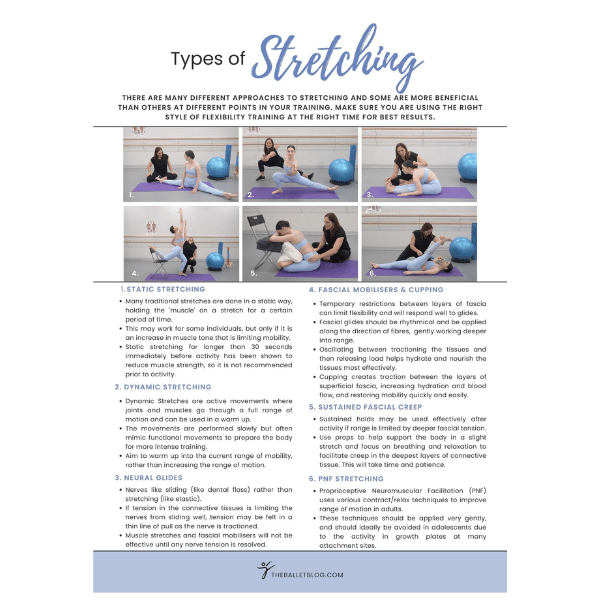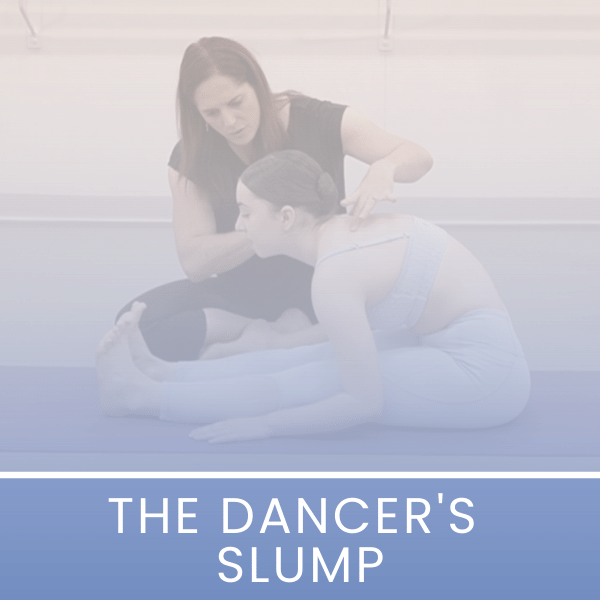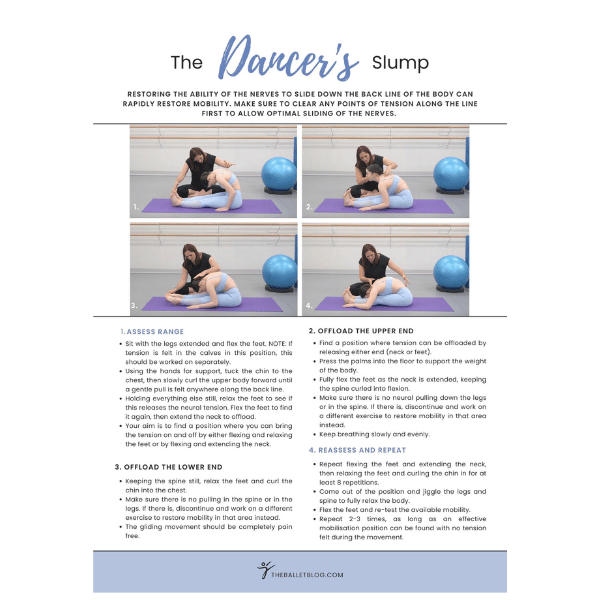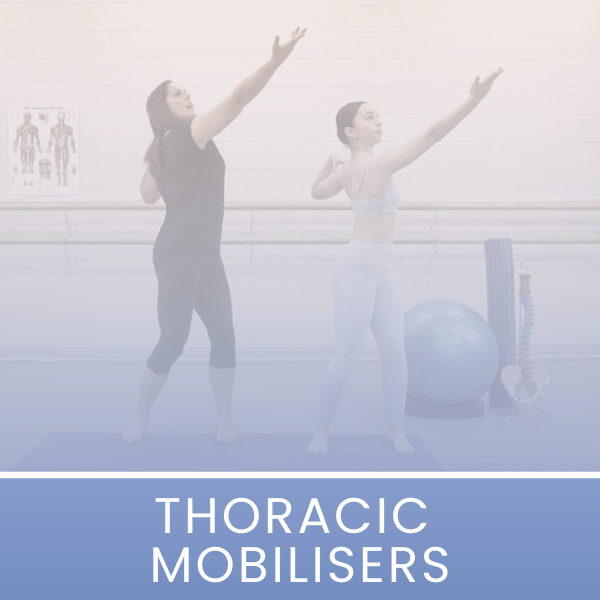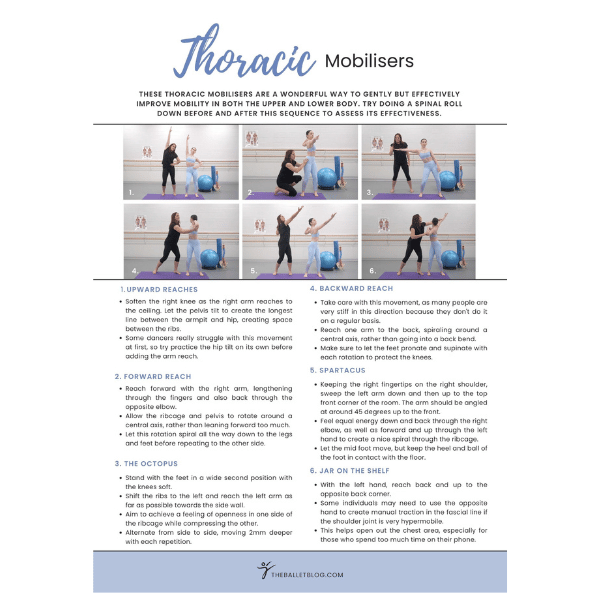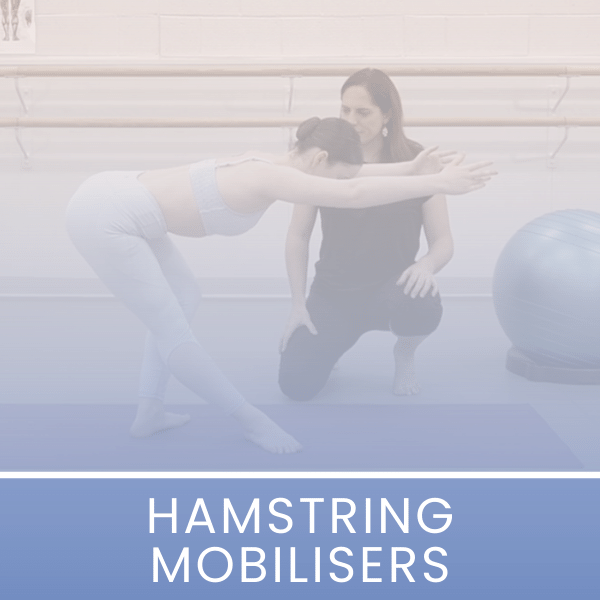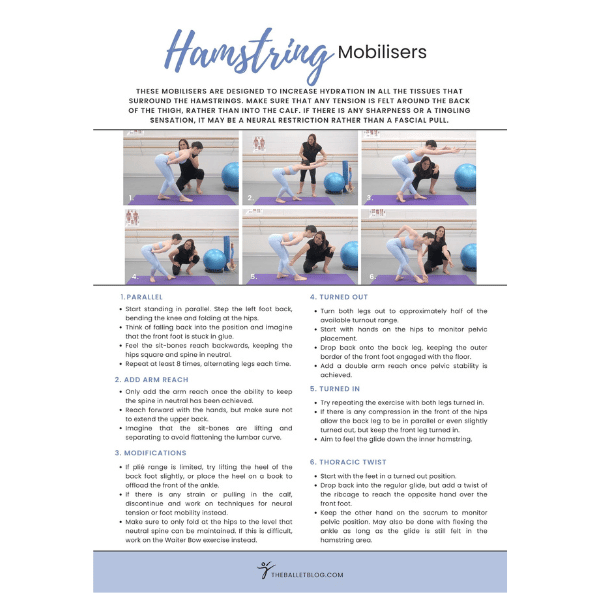Why do Hypermobile people experience pain?
Most often we see individuals with hypermobility who are experiencing pain due to difficulties with stability. In individuals with strong, stable ligaments, there is less of an issue if their dynamic control of movement is not perfect. However, in those of us with very mobilise joints, a lack of control can lead to overload of the soft tissues surrounding the joint, strain on the already mobile ligaments, and overuse of muscles that are physiologically designed for movement, for stability. Due to the joint laxity we are prone to many more injuries than the stiffer person. Injuries such as dislocations, fractures, ligament sprains, muscle strains, pulled tendons and even disc prolapse.
If I am Hypermobile does it mean I’ll be in pain forever?
No! Many individuals with hypermobility go very well with focused training of their deep stabilising muscles of the spine, pelvis, shoulder and feet. Taping techniques can also be very helpful in offloading overly strained tissues to provide immediate relief. If you are still in pain, then it will be very hard to find all of the deep stabilising muscles. Many of our treating therapists at Perfect Form Physio are hypermobile themselves, so they are very aware of how to train your body safely!
But What if I have been told not to exercise, or exercise hurts?
There are many different levels of “Exercise” Many people with hypermobility are warned against strong exercise due to load on the tissues, however, a graded program of individualised exercises and mobilisers is essential to live a pain free life when you are excessively mobile.
How is Hypermobility diagnosed?
Joint Hypermobility can be diagnosed through several different classifications. The most common, simple test is The Beighton scale which is scored out of 9. It is not very specific or comprehensive, yet can give an indication of how mobile an individuals joints are. One point is gained for each side of the body for the first 4 manoeuvres. The maximum score is 9 if all movements are positive. Try these tests and record your score
The Beighton Scale:
1) Can you bend the little finger backwards to more than 90 degrees?
2) Can your thumb reach your forearm?
3) Do your elbows hyperextend more than 10 degrees?
4) Do your knees hyperextend more than 10 degrees?
5) Can you place your hands flat on the floor without bending your knees?
Flexibility Resources
If you are looking to delve deeper into this topic, check out the following programs:
- Front Splits Fast Program: This program translates therapeutic techniques for improving Fascial Mobility and Neural Tension into easy to do exercises that can enable instant changes in your flexibility without the risk of damage through over stretching.
- Level Two Online Flexibility Intensive: If you are a dance teacher, this is the perfect continued education course for you. During this course you will understand the multifactorial nature to flexibility training. You will also explore safe ways of assessing exactly where each individual is restricted in order to create the most effective program.
- Level Three Online Flexibility Intensive on 'How to Train Extreme Mobility Safely': This workshop will help you assess your students in detail and be able to offer them effective techniques in a logical clear order to get them on the way to achieving THEIR optimal flexibility. It is also for teachers who are concerned at the extreme positions young dancers are wanting to work into, as it gives you safe guidelines on how to guide their development.

